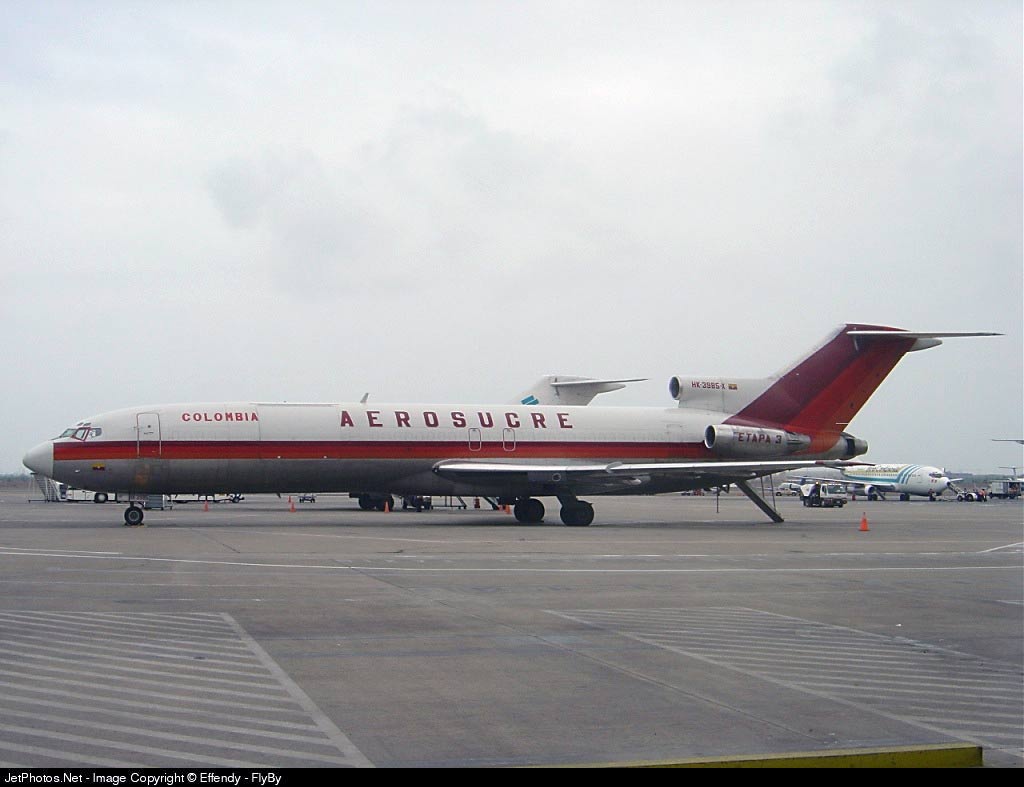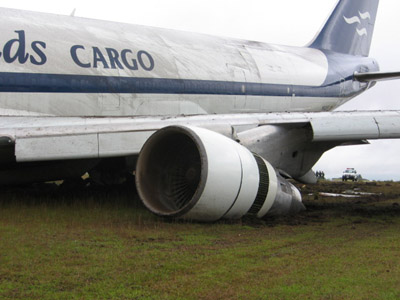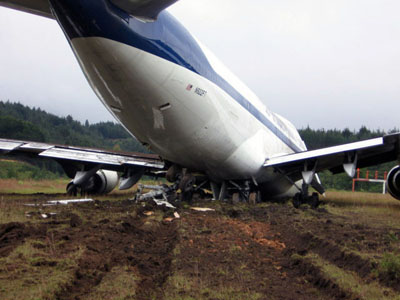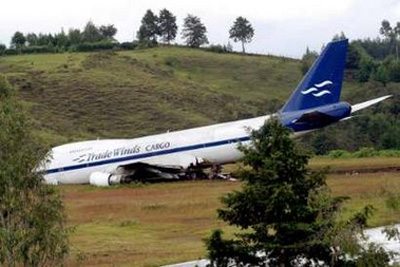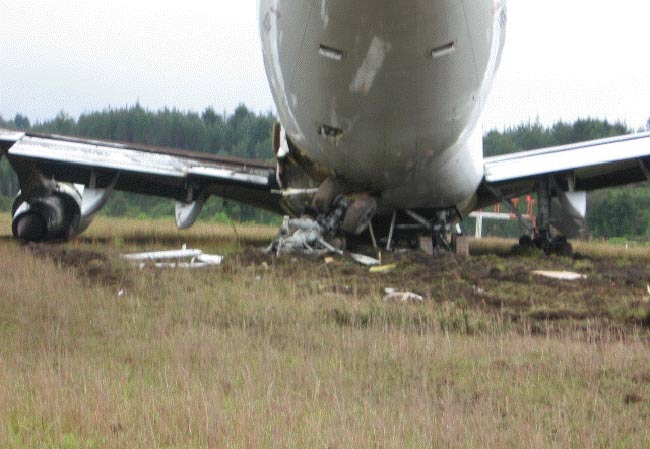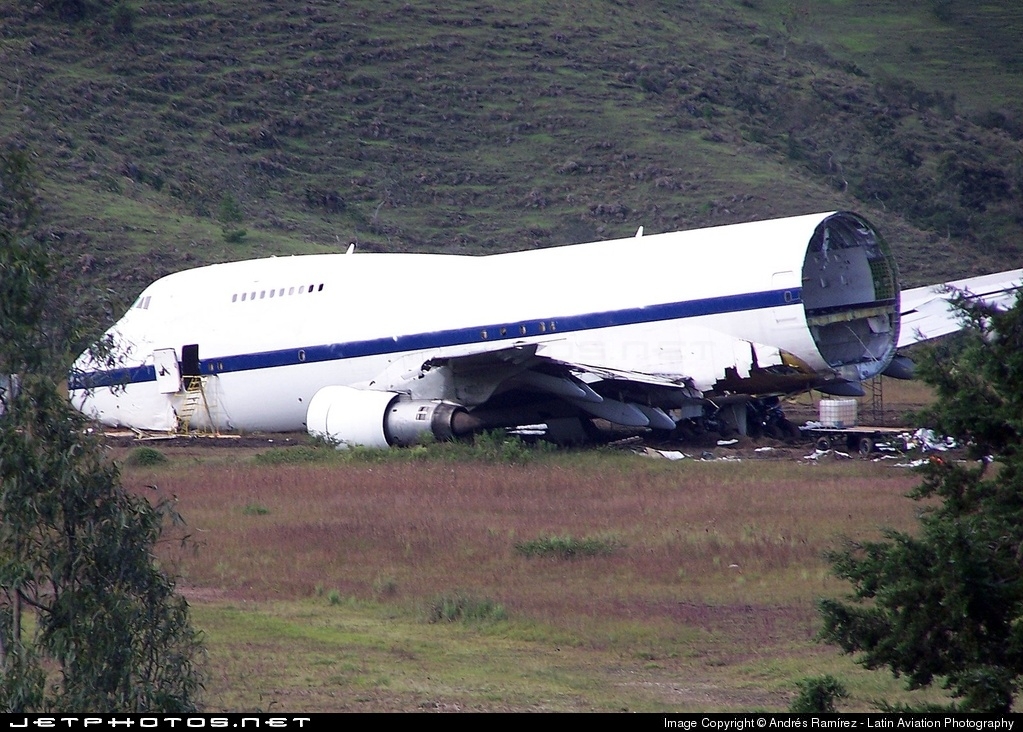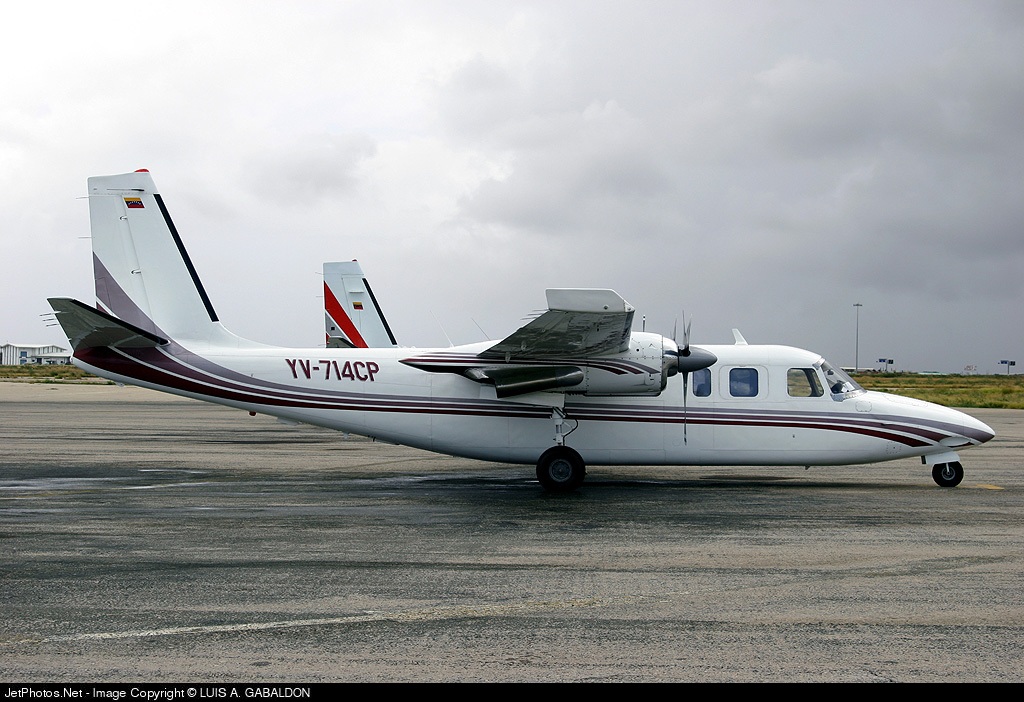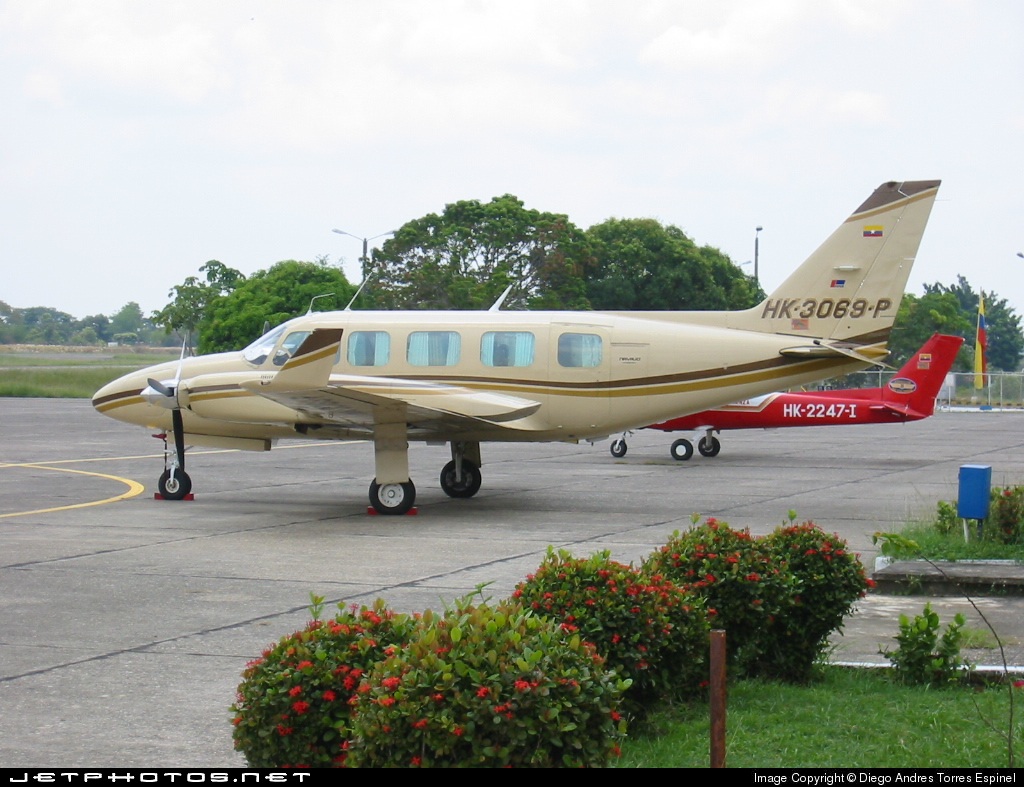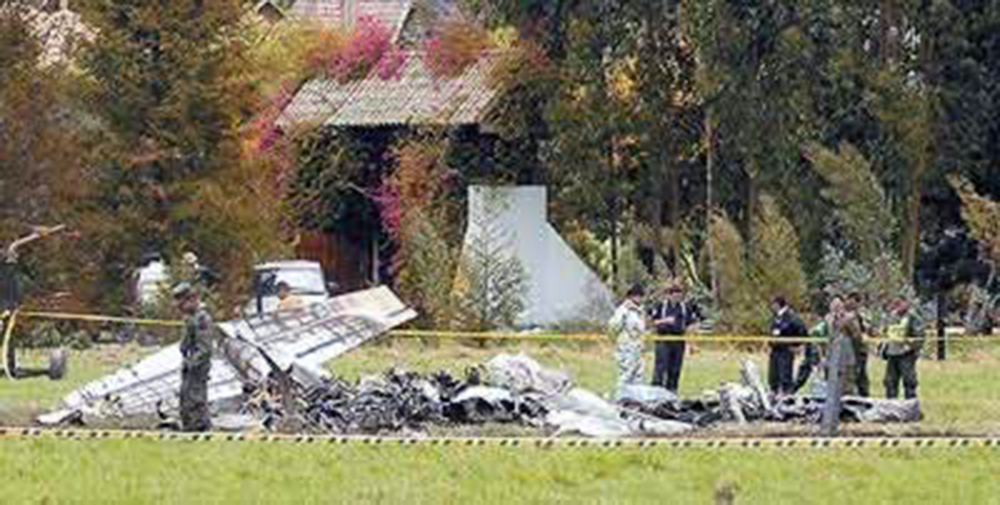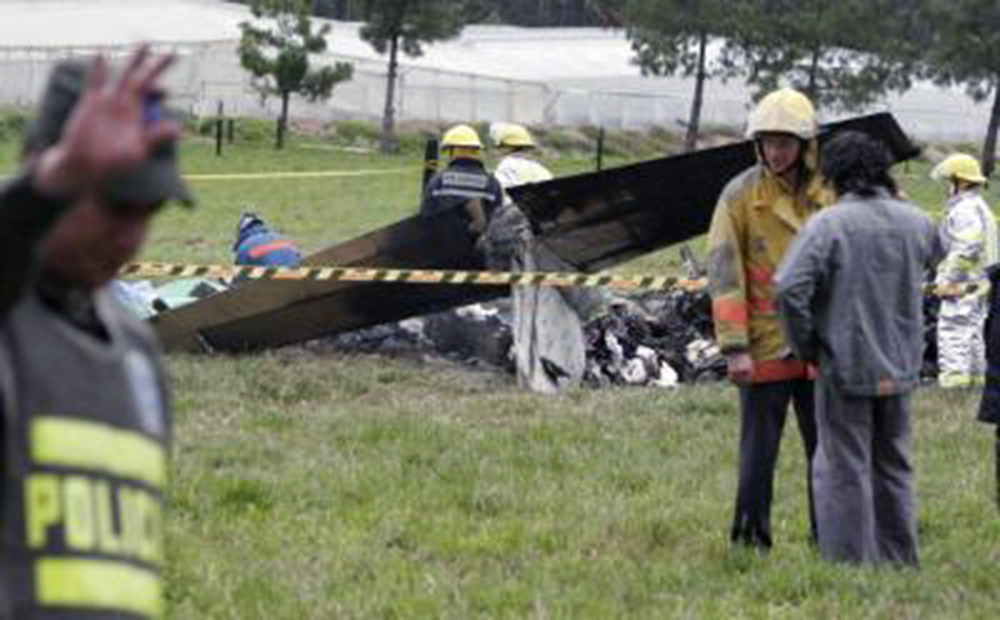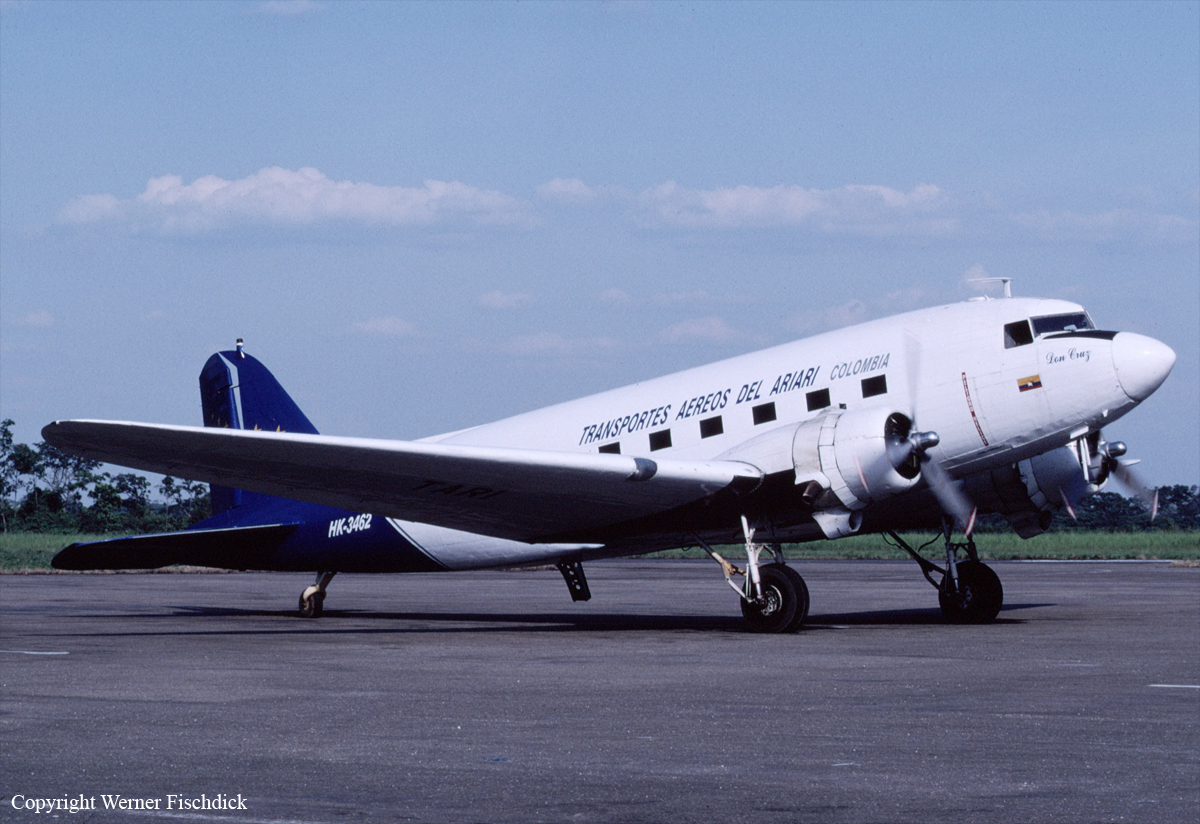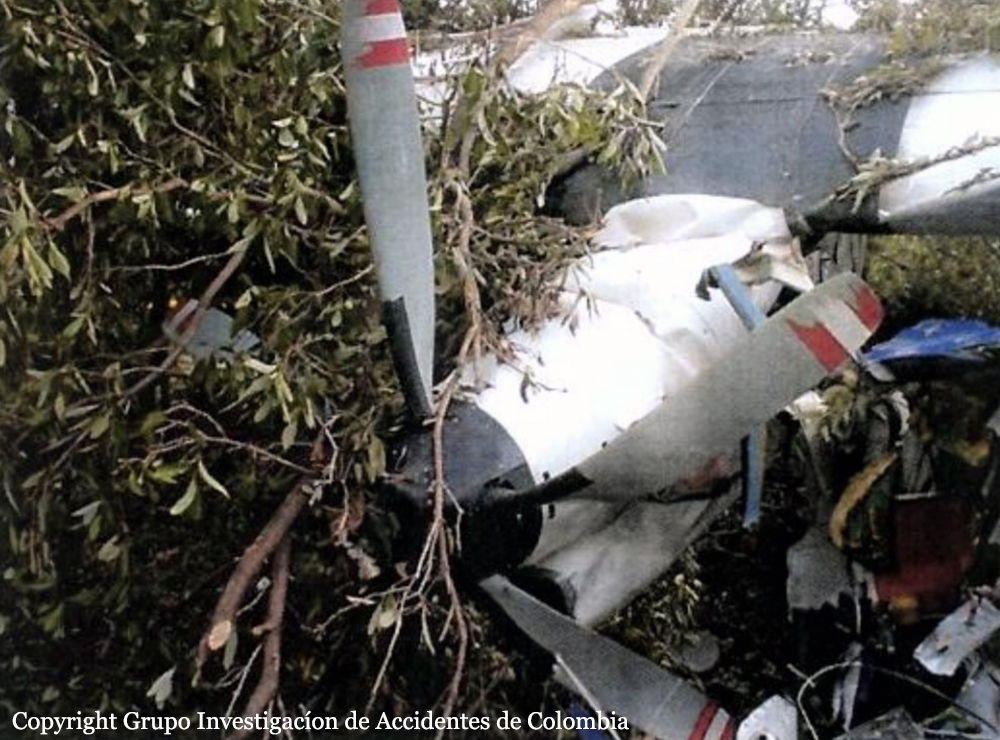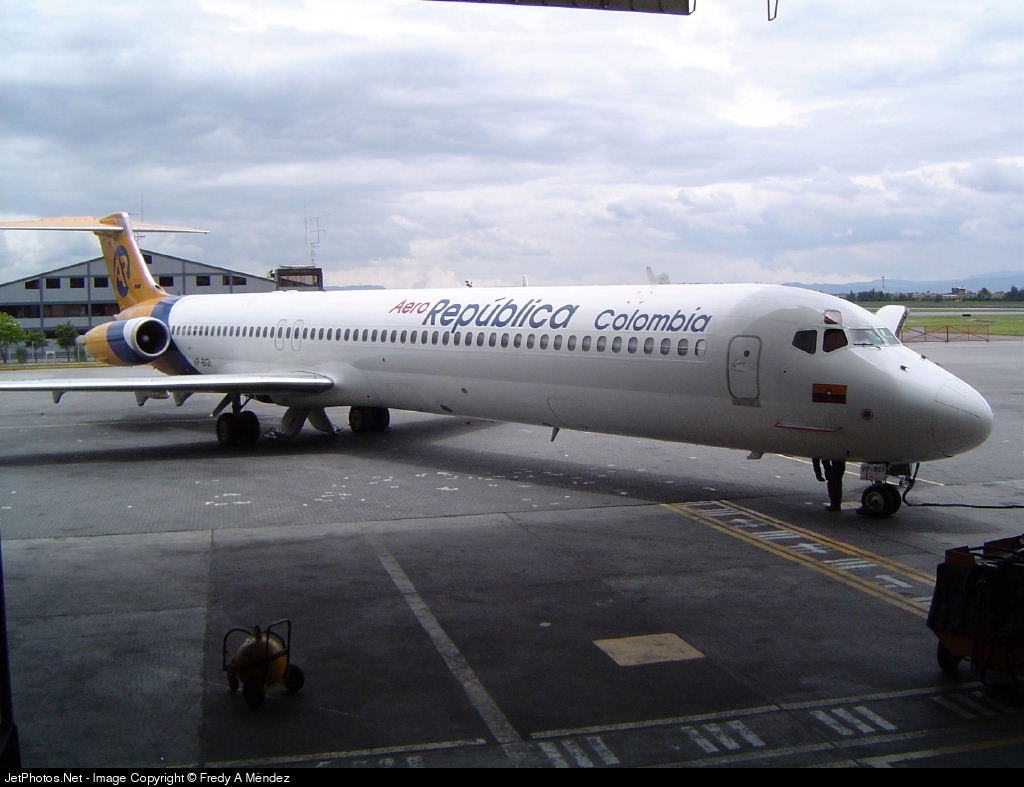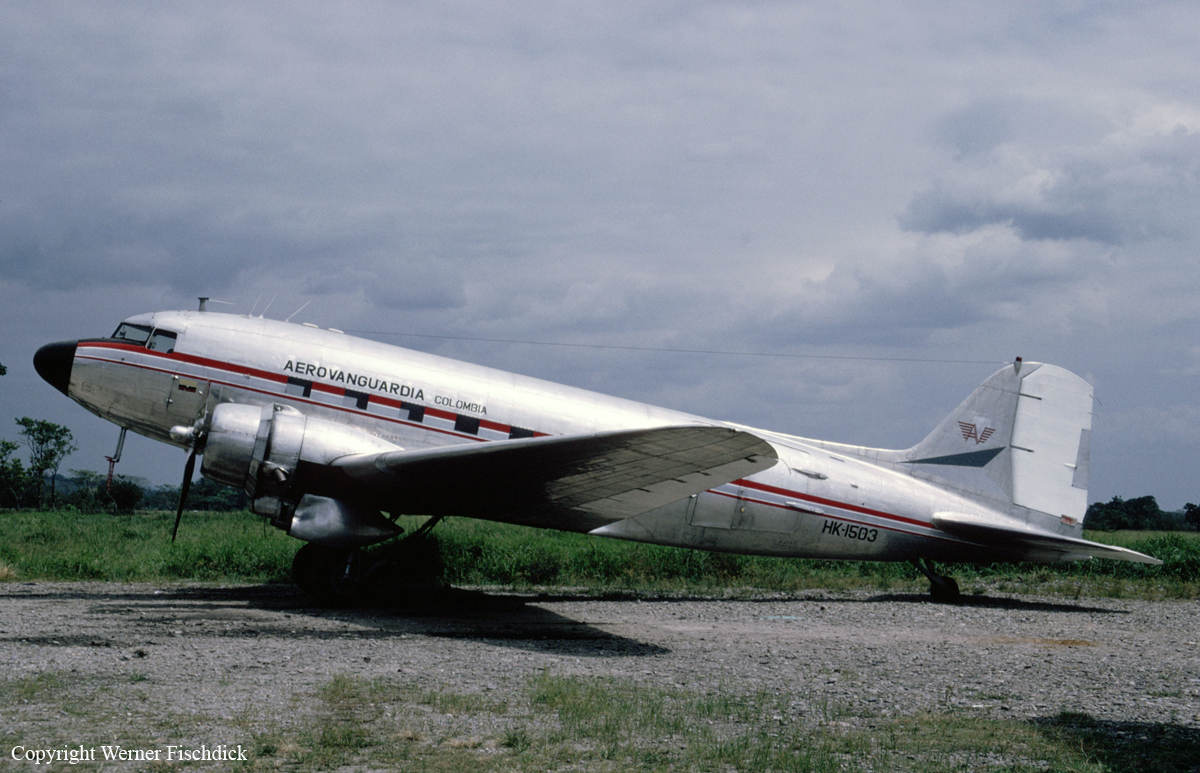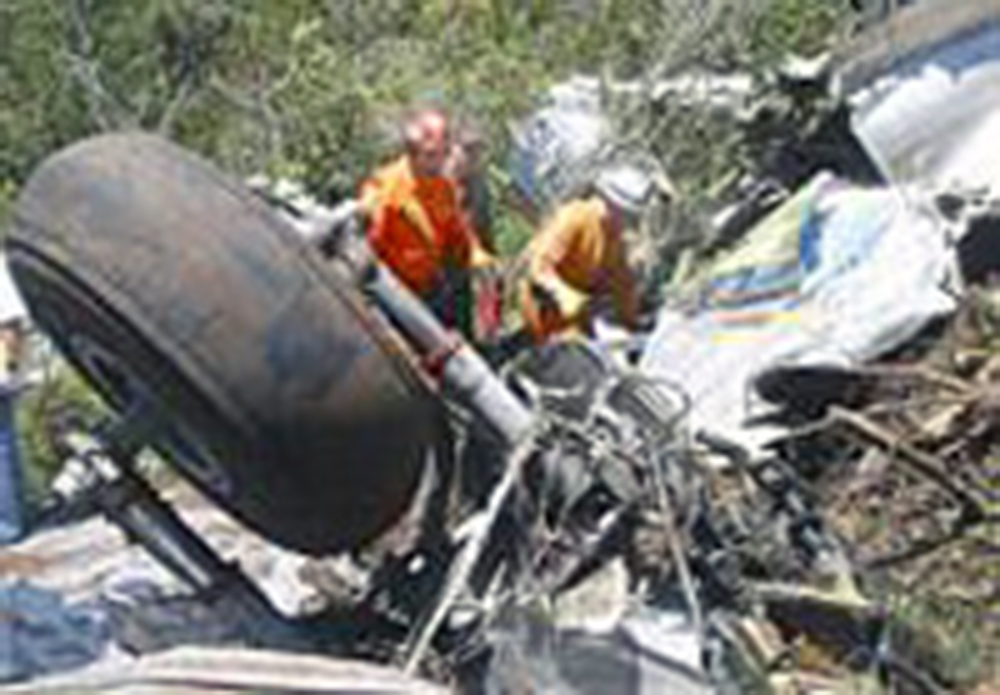Ground accident of a Boeing 727-224F in Bogotá
Date & Time:
Aug 17, 2006 at 0054 LT
Registration:
HK-3985
Survivors:
Yes
Schedule:
Bogotá – Barranquilla
MSN:
20465/814
YOM:
1970
Flight number:
KRE192
Crew on board:
3
Crew fatalities:
Pax on board:
0
Pax fatalities:
Other fatalities:
Total fatalities:
0
Aircraft flight hours:
71978
Circumstances:
While taxiing at Bogotá-El Dorado Airport, ready for a cargo flight to Barranquilla, the aircraft suffered a technical problem with the right main gear that collapsed. All three crew members escaped uninjured while the aircraft was damaged beyond repair.
Probable cause:
Failure of the right main gear during taxi due to the presence of corrosion in the trunnion.
